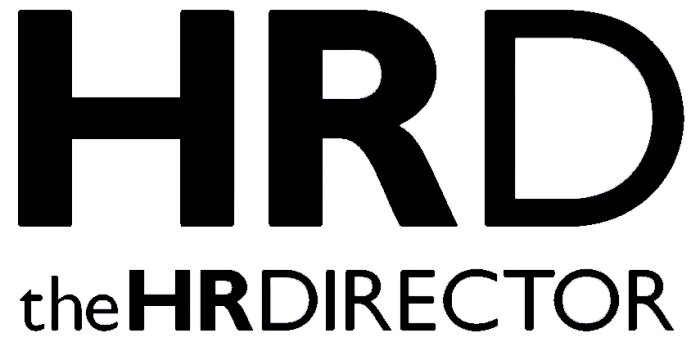Negative behaviour in the workplace can have significant impacts on staff morale, turnover, investigation costs, potential litigation, reputation, and productivity. It is important to have a strong and effective strategy for addressing toxicity in the workplace.
Identifying toxic co-workers: Different types of toxic individuals include gossips, complainers, covert bigots, bystanders, triangulators, and parasites, each requiring specific responses to mitigate their negative impact.
Managing toxic behaviour: Engaging with toxic individuals should involve clear communication, setting boundaries, and, when necessary, escalating issues to HR or management to ensure accountability.
Understanding DARVO: This strategy, where the accused turns the tables to present themselves as victims, highlights the importance of documentation and reporting facts to combat workplace bullying effectively.
HR’s role in fostering a positive environment: HR should promote transparency, provide training on respect and inclusivity, and take safeguarding seriously to address toxic behaviours promptly.
Identify the culprit in your workplace:
- The Gossip. If they are speaking about others they will speak about you. They may conspiratorially say “don’t tell anyone I told you” to reel you in. This is manipulative. Be careful. What to say: I’d rather focus on how your family are doing/what we need to prepare for the meeting/I have work to do, see you later. Avoid being alone with people like this and limit time in their presence.
- The Complainer. Something will always be wrong. Even when it is put right there will be another bugbear. What to say: Yes, it’s a pain. What are your thoughts on…? If they drain you, avoid them or say, You don’t seem happy here. Have you considered looking elsewhere? Then end the conversation.
- The Covert Bigot or micro aggressor: This is the co-worker who refers to office “girls” and paternity leave as a “holiday.” These comments, often sexist, racist, and homophobic are not micro aggressions – they are outwardly aggressive and need challenging, immediately, preferably with a witness. What to say (calmly): I find what you have just said demeaning and offensive. You may be unaware that expressing these views is not acceptable. If you feel saying this has had little or no impact, escalate. There are legal imperatives in place so record and report, as necessary.
- The Bystander can sometimes be the person we get most angry with because they witnessed what was going on or denied it or ignored it. What to say: I felt hurt that you did not defend or support me, earlier. Then leave it. This is a professional environment and as such, manage your expectations about what others are prepared to do for you. You are primarily colleagues, not friends.
- The Triangulator. They will divide and conquer to gain power over colleagues. This may be done by spreading rumours with the intention of alienating a colleague from their group. Avoid being alone with this type. What to say: That’s not been my experience of them. If that’s how you feel you need to speak to HR/your manager?
- The Parasite: Living off your ideas and taking credit for your hard work, they will elbow you out of the way to get into the spotlight. What to say (preferably in meeting or in presence of manager): Thank you for acknowledging my idea, I am pleased it was of use. From then on, say nothing to this person and make sure all your ideas and work processes are tracked back to you. This is not easy but by challenging them you have set a boundary. There is no need to humiliate them or mention it again. You are standing up for yourself and need to continue to do so.
- The Pollyanna: While having a pleasant and cooperative colleague is beneficial, excessive positivity can be detrimental. If your concerns are consistently invalidated or dismissed, it may lead to frustration and potentially result in decreased morale and depressive feelings. What to say: Whilst I understand you might find it difficult to hear what I say, it is important that you do not dismiss my feelings. I’m officially noting my concerns and ask that they are on record.
Understanding DARVO in the workplace
Psychotherapist and Counsellor Margaret Ward-Martin comments: “In coercive relationships, DARVO stands for Deny, Accuse, Reverse Victim and Offender. In the workplace, this strategy involves accused individuals presenting themselves as victims when someone speaks up. They may gaslight the accuser, dismissing their concerns as overly sensitive or simply fantasy. This is workplace bullying. To counter it, record everything and stick to the facts. The more evidence you have, the stronger your position. Abusers are adept at portraying themselves as victims, so keep detailed records and send copies to a proven ally. They also play the long game so may have an office scapegoat unknowingly in place. This person will be used to deflect from their own behaviour and will be blamed”.
Advice for HR professionals:
- Foster an environment of openness and transparency that genuinely facilitates the reporting of office concerns. Be careful not to interpret what is being said – note the facts. Over time the picture will become clearer.
- Go on the offensive where workplace culture is concerned and ensure that induction includes training around respect for colleagues. Act at once if it becomes clear that colleagues are not happy or taking stress leave of absence. This can be done in a group or with individuals.
- Take safeguarding issues seriously. If colleagues feel unsafe, you must investigate. Walkabouts, site visits, and drop-ins can help. Be spontaneous and observe. Also, watch attitudes in emails and conduct random checks if the company screens them.
- Conduct regular and ongoing training around misandry, misogyny, homophobia, racism, disability, and ageism.
- If senior staff exhibit toxic behaviour, it is important to address the issue. High performers might demonstrate behaviours that others cannot. Thoroughly investigate and report any concerns and record findings. At the same time take care of your well-being.
- Beware of DARVO at a corporate level. This is where a disruptive employee will turn the tables during a disciplinary investigation and blame the company for not protecting them. Being cognisant of this manoeuvre is helpful.
- As professionals, take time to educate yourselves about coercive control and narcissism. By doing so you will be able to spot the signs and be better able to look after yourself when dealing with these personalities.







